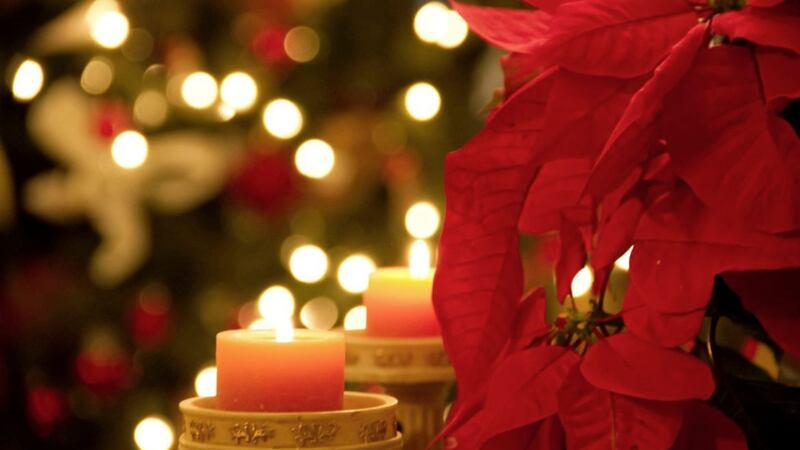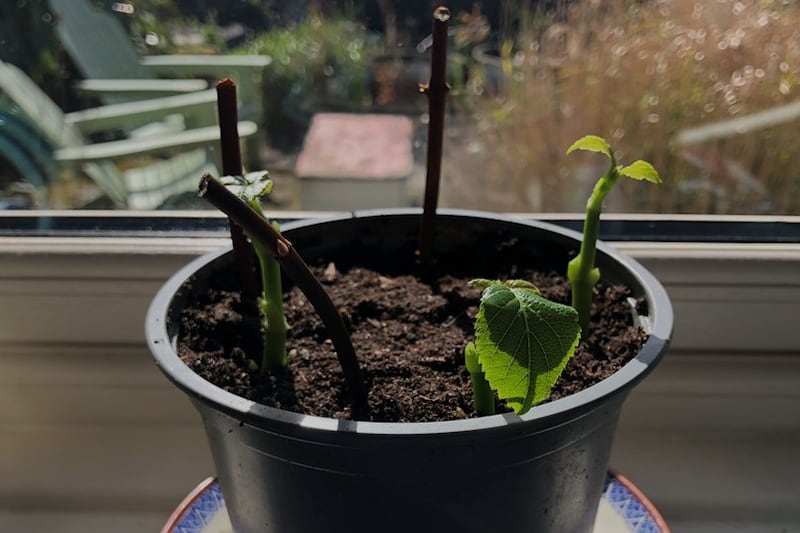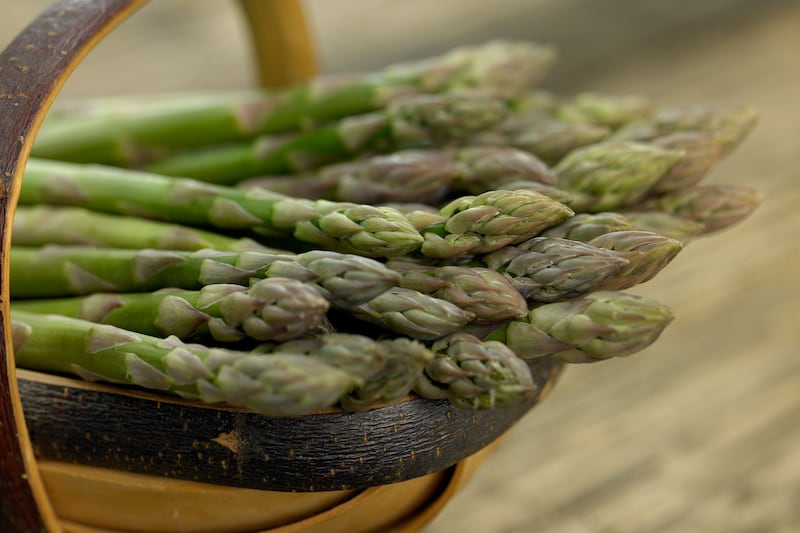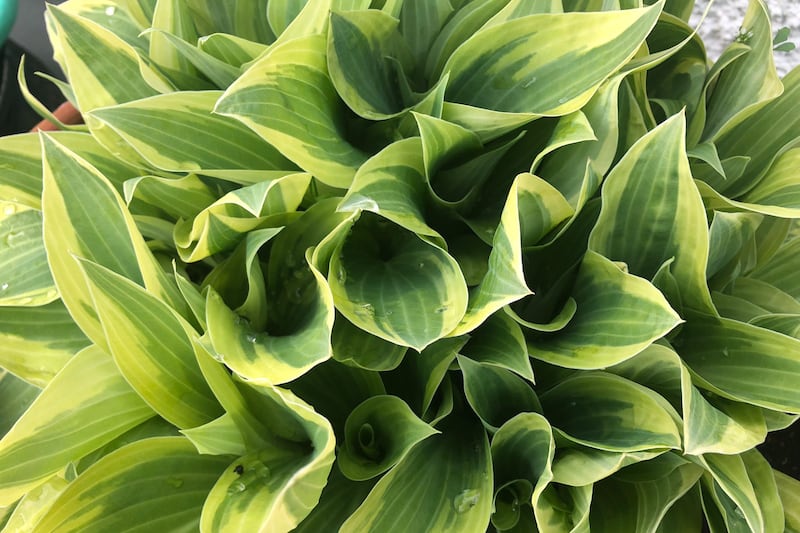IT'S the top-selling plant every Christmas – eight million will be sold in the UK this year alone. But how much do you know about the poinsettia?
1. It can grow to over 3.6m tall: Of course, it won't reach that sort of size in a small pot, but in its native habitat in tropical climates, it can grow to nearly four metres, with leaves measuring up to 20cm across. In fact, it's classed as a small tropical tree – Euphorbia pulcherrima – belonging to the euphorbia plant genus.
2. Leaves can dye fabric: Poinsettia leaves were used by the Aztecs to dye fabric for clothing, while the sap was used for medicinal purposes and was said to help control fevers. Red was also considered a symbol of purity, so the plants were often used in religious ceremonies.
3. It used to be considered a weed: The poinsettia is a native of Mexico, where it is called La Flor de Nochebuena, which translates to Flower of the Holy Night, referring to Christmas Eve. It was named after Dr Joel Roberts Poinsett, an amateur botanist and the first American ambassador to Mexico, who introduced the plant to the United States, in 1828.
4. TV helped start the trend: Poinsettias didn't become traditional Christmas decorations until the entrepreneurial Ecke family started promoting them more than century later. Paul Ecke Jr sent free poinsettia plants to TV studios across the US, including The Tonight Show and Bob Hope's Christmas Specials.
5. It's not as poisonous as you think: While some have described the plant as 'deadly', this myth was started in 1919 when an army officer stationed in Hawaii found his two-year-old child dead underneath a poinsettia and thought the child had eaten a leaf from the plant. Researchers at Ohio State University, however, have found that a child weighing 50lb would have to consume more than 500 poinsettia leaves to incur any ill effect. They are also only mildly toxic to cats and dogs. However, like all euphorbias, the poinsettia has a milky sap which can cause skin problems if not washed off immediately.








